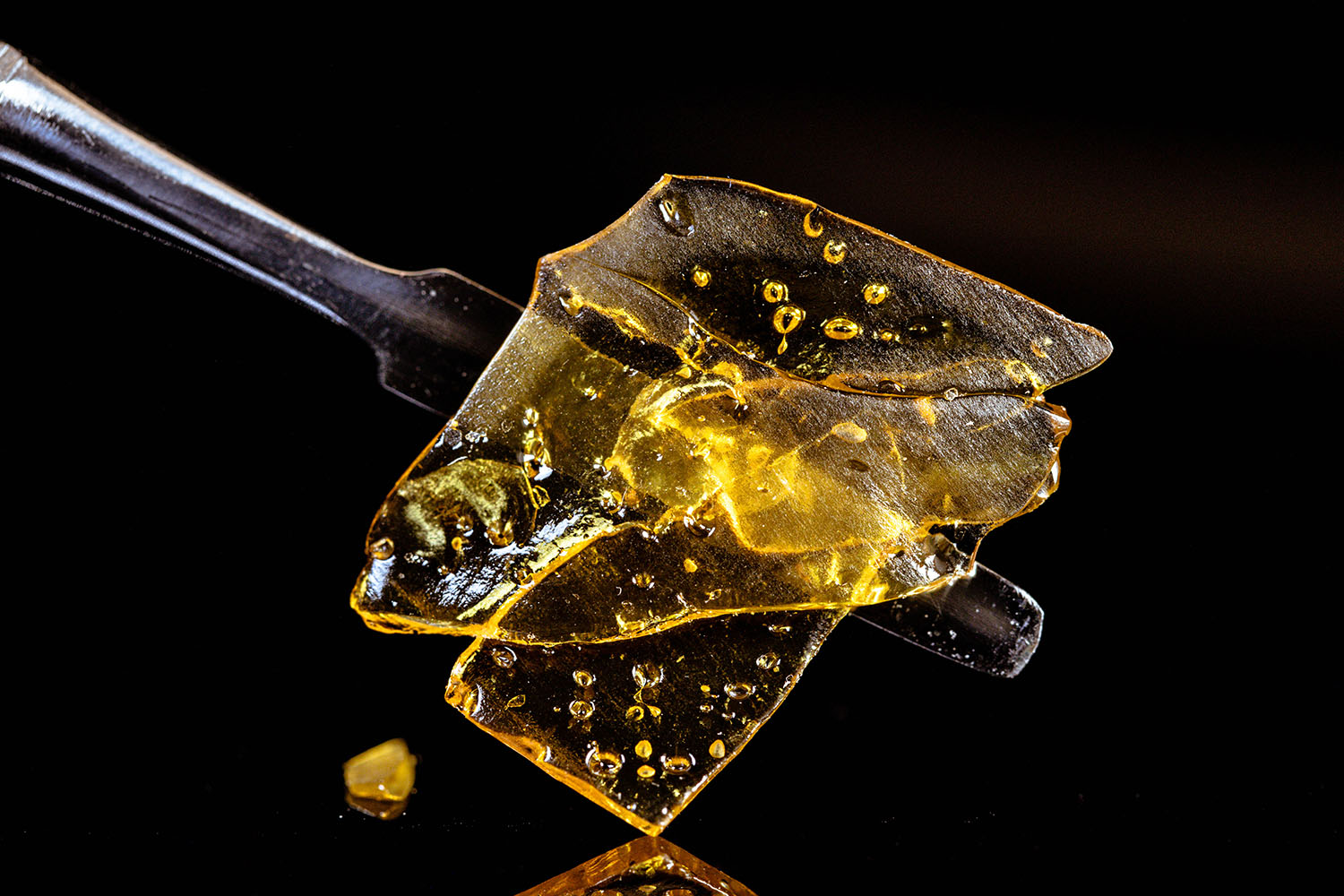What is the difference between full-spectrum CBD, broad-spectrum CBD & CBD isolate?
The main difference is the number of compounds present in the final product. With heavy debate, it's tough to pick which type of CBD is the best for you. We've carefully curated an overview on the three main types of CBD to provide you with a better understanding on the topic.

Introduction to different types of CBD distillates
The type of CBD oil entirely depends on the filtration process. Some CBD oil is refined more than other types of CBD oil, with THC being filtered out, or other cannabinoids being removed, leaving just pure CBD Isolate.
Full spectrum CBD
Full spectrum CBD oil is the result of the first process of distillation. This version of CBD oil contains all the natural cannabinoids from the original hemp plant, of which there are estimated to be over 150, along with terpenes and phytonutrients, including fatty acids and omegas.
It takes a waxy crystallised form, but a thick viscous oily liquid when heated, and it is the CBD that possesses the most “hempy” taste.
With it being high in the original natural compounds, full-spectrum CBD oil is also likely to have a higher THC level, but it varies from plant to plant. Variables include the conditions of which the plant is grown, and the quality of the extraction process itself.
In the UK the legal limit of THC levels in a CBD product is 1mg per container. This allows full-spectrum CBD to still be used in various CBD products, with the size of the container being on the smaller side, due to these restrictions surrounding THC.
Broad spectrum CBD
Broad-spectrum CBD could be considered as the middleman between the three common CBD oil types.
Broad-spectrum is similar to full-spectrum CBD oil as it contains a range of cannabinoids, terpenes, and phytonutrients, but it has undergone an extra extraction process to remove the THC.
Broad-spectrum CBD oil is a good choice for those wishing to get the most out of the natural compounds from the hemp plant without the potential risks of THC, and can be found in many different products, such as CBD Oil Drops, CBD Muscle Balms or even CBD Gummies!
CBD Isolate
CBD isolate is the final result of the extraction process. As it is heavily processed, there is a high possibility that the efficacy and potency of the CBD present will be impacted negatively and be diminished.
It is the purest form of the CBD compound itself, generally being around 99% pure. It contains no other cannabinoids, terpenes, or phytonutrients – just pure isolated CBD. Usually in powder form and with no “hempy” aftertaste, it is good for those who prefer the raw compound as is.
With this form of CBD, you will not receive the support qualities of CBD working synergistically together with all the other natural compounds. Most people refer to this it as the entourage effect.
In Summary
There are a wide range of CBD products available on the market to buy. Any reliable brand will always make it clear on the product description if it’s full-spectrum, broad-spectrum or CBD isolate that they’re using in their products. We hope that this guide will help you make a decision on what the best option for you is.